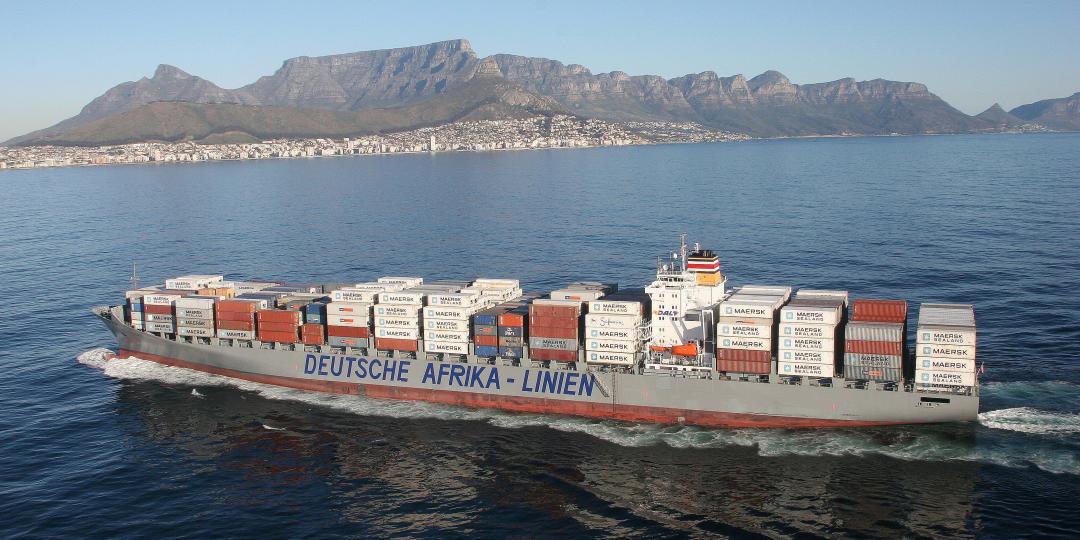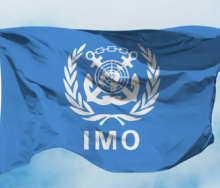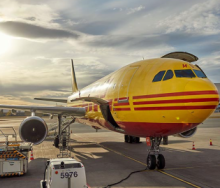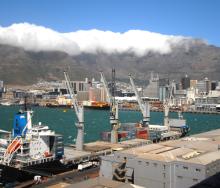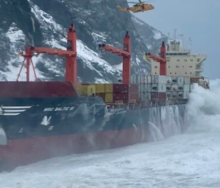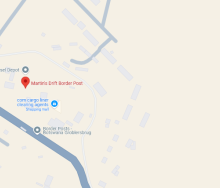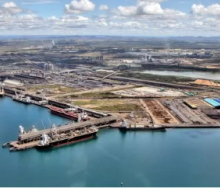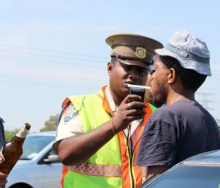Funnel colours and a house flag that have been familiar sights in South African harbours for 130 years will disappear following the recent sale of Deutsche Afrika Linien (DAL) to Hamburg-based Hapag Lloyd.
With only one ship on the South Africa-Europe trade, DAL found conditions increasingly difficult amid mounting market pressure from the mega-carriers.
The DAL/John T. Essberger group will focus on its chemical tanker and dry bulk operations.
As Deutsche Ost-Afrika Linien (DOAL), the company began its service to Southern Africa in 1892, when its small steamer Kaiser arrived in Port Natal (Durban) from Germany via the Suez Canal and East Africa.
As trade between Germany and Southern Africa increased, DOAL placed more cargo-passenger steamers on the trade, operating in consort with vessels of the associated Woermann Line to serve German territories in West Africa, including Süd-West Afrika (Namibia).
Suffering severe losses during World War 1 and having some vessels handed over as war prizes, the company eventually regained its place on the Southern African trade and introduced several new vessels, including the sister ships Watussi (*) and Ubena in the late 1920s, followed by the larger passenger ships Pretoria and Windhuk in 1938.
As had happened only a few years earlier, World War 2 destroyed DOAL’s fleet through losses or the war prize process.
However, under the ownership of John T. Essberger, who acquired the company after WW2 – so strong was the company’s resolve to return to the Southern African service that, in December 1951, the fine new motorship Transvaal arrived in Cape Town, the first German caller in the post-war era.
With the South African trade booming in the wake of important state and private-sector projects such as the construction of oil refineries, railways and dams, expansion of the mining industry, and the entry of the country into vital petro-chemical plants, several other fast new ships followed.
Some of these newbuilds had 180-ton derricks that were useful to handle the heavy-lift cargoes being imported.
Swelling the demand for heavy-lift capacity on these ships were imports of abnormal cargoes by private enterprises for their factories and other plants that were being established at the time in the country.
The company’s services between Europe and South Africa expanded, especially when the operations of South African Lines – a local company that had been bought by Hamburg-based Globus Reederei –
were absorbed into DOAL’s services.
Bearing familiar pre-war names – Ubena, Usaramo, Windhuk, and others – these fast new German motorships formed an integral part of the north-west European conference lines’ operation and, within a decade, the fleet was back to full strength.
The energetic Liselotte von Rantzau-Essberger who, from 1959 was chairman of the family’s shipping group that included DOAL, visited South Africa often and established a local company, Cape Continent Shipping Company.
Five DOAL freighters were transferred to the new company and registered in Cape Town.
While containerisation reduced the fleet numerically, the twin-funnelled Transvaal (2 434 TEU) arrived on her maiden voyage in 1978 as the remodelled Deutsche Afrika Linien’s (DAL) contribution to the containership flotilla on the South Africa-Europe Container Service (SAECS).
When she transferred to Nedlloyd as Heemskerck in 1987, Safmarine’s S.A. Winterberg took her place, was renamed Transvaal and sported the DAL colours for a few years.
DAL Kalahari (ex-Ortelius that had been operating for the Belgian partner in the original SAECS) became DAL’s unit on the trade in 1995, and when SAECS’s second service began to land Mercedes Benz parts for the East London vehicle assembly plant, two smaller chartered containerships also bore the DAL colours.
Noteworthy was the fact that a DOAL ship had brought the first motorcar to South Africa in 1896 – a Benz Velo!
On her entry to the revamped SAECS schedule in 2005, the new 266-metre DAL Kalahari replaced her earlier namesake and later became the only passenger carrier among SAECS’s second-generation containerships.
Besides a comfortable passenger lounge, the cabins were well-appointed and elegantly furnished.
For the hot tropical days on the passage to Europe, the ship had a pool – and, since passengers had the run of the ship, they could amble along the main deck to watch the flying fish or dolphins at the bow, or to go down aft where her wake was dramatic as she thundered along at 22 knots.
DAL Kalahari was switched to the Australia-China trade in 2014 when the third-generation of containerships was introduced to the South Africa-Europe service.
The DAL slot on the service was taken by the chartered ship DAL Karoo (6 700 TEU) with over 1 000 plugs for refrigerated containers for the growing fruit export trade.
Sadly, the familiar DAL colours – now only displayed on the funnel of the latest DAL Kalahari, currently heading for Europe from South Africa – will disappear, signalling the end of another shipping operation that once enjoyed a significant and respected place in the South African maritime scene.
– Brian Ingpen is a maritime historian.
* Please see related story from our archives.
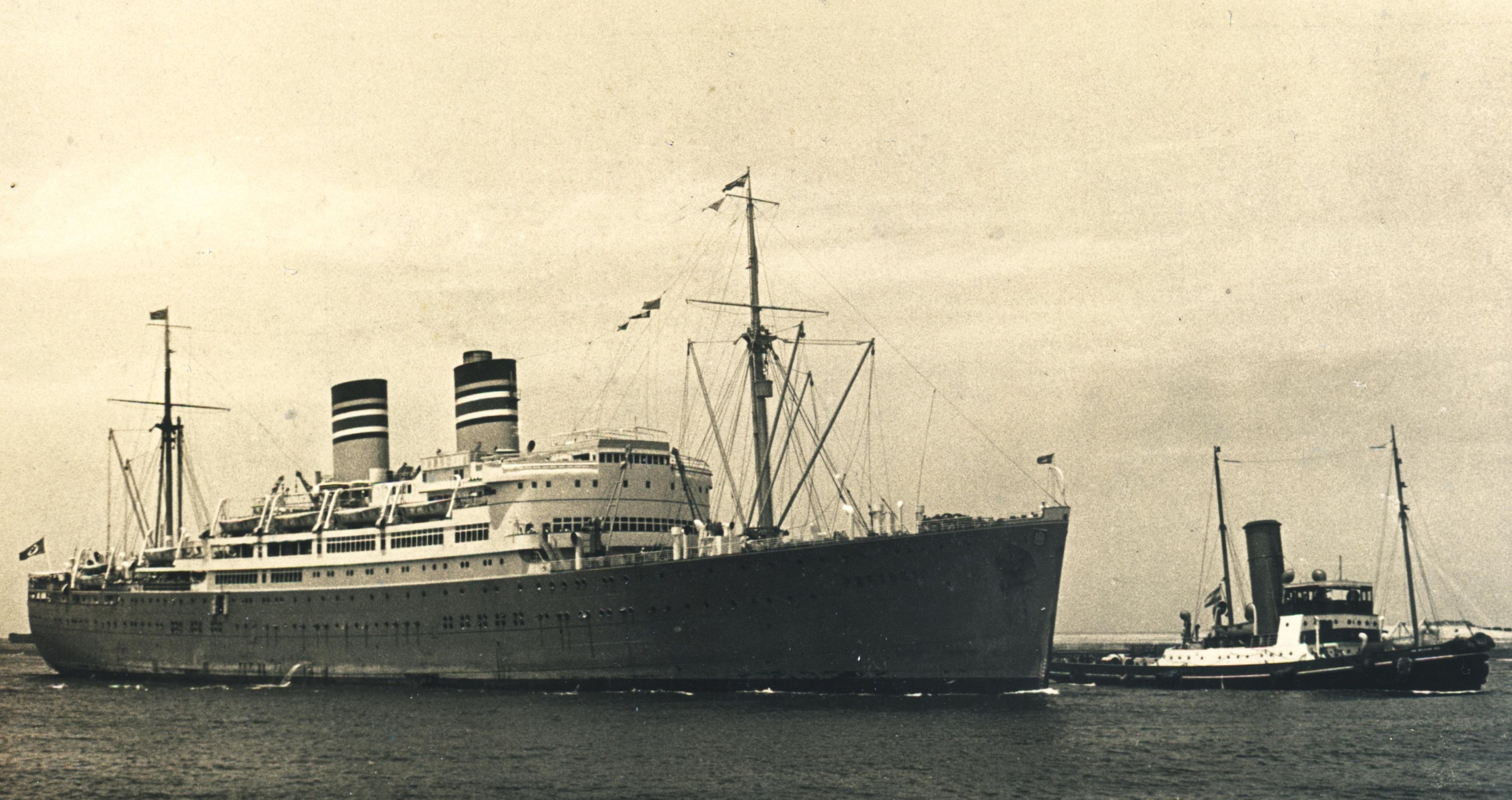
The passenger ship Windhuk was introduced into service in 1938 by Deutsche Ost-Afrika Linien.
